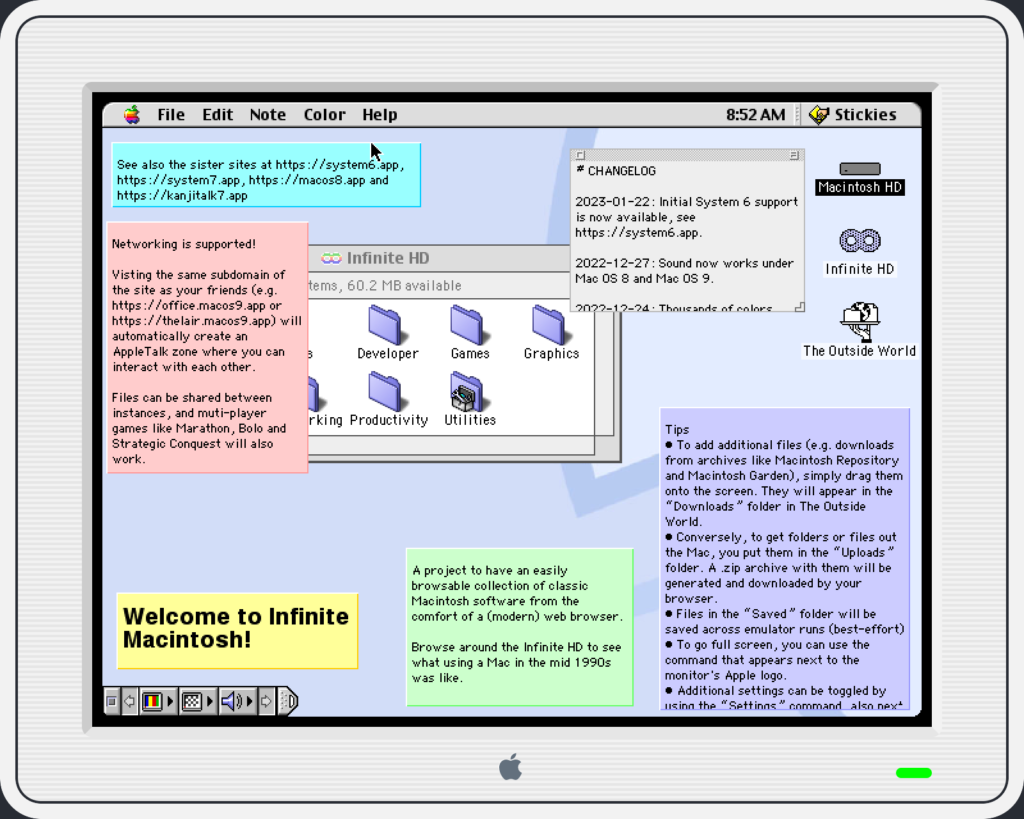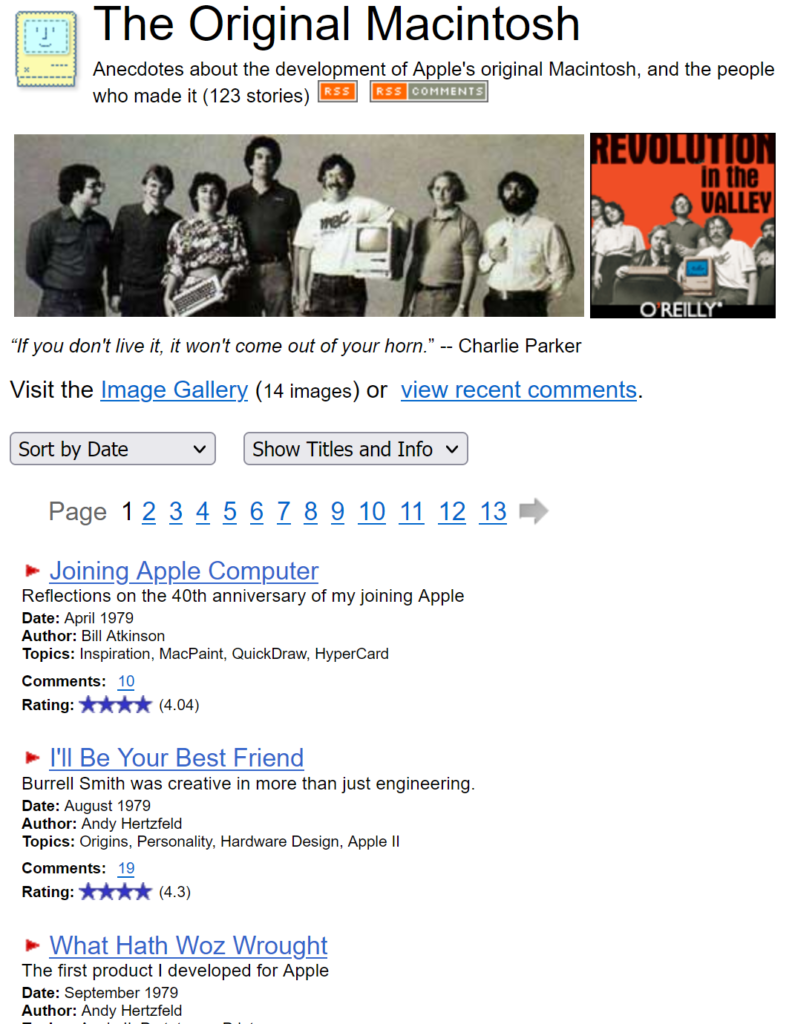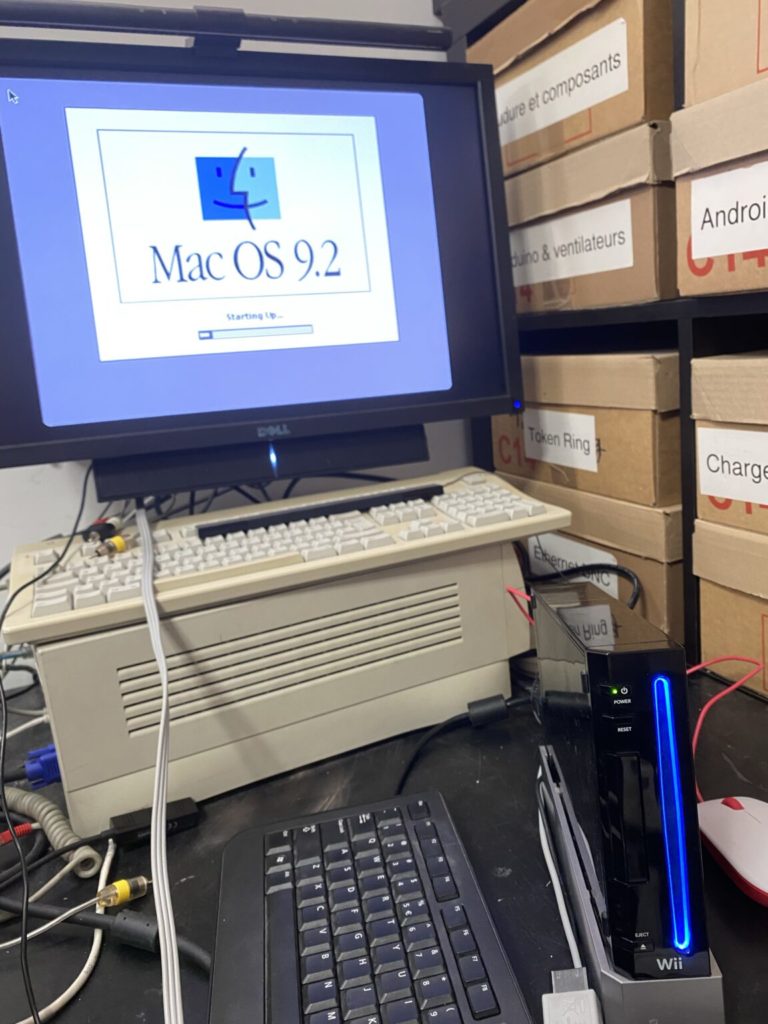Bolo is a multiplayer tank game, originally for the BBC Micro but remade for classic Macintosh computers. It was a very popular online kind of game for awhile.
It had a popular resource page on the internet, called the Bolo Home Page, made by Joseph Lo and and Chris Hwang, that began as a student project and migrated to the site lgm.com. But then that site went down, and its domain was bought by squatters. So it goes.

Well, vga256 on Mastodon has remade the Bolo Home Page out of the records kept by the Internet Archive. A site composed of hundreds of static HTML pages has risen from the ashes, all (well most) links fixed up to point internally, its content restored as much as is possible. The Internet Archive, for all its greatness, frequently misses images and even whole pages, so there are holes in its record.
Still, most of its content remains. For people who wish to learn about this classic piece of electronic entertainment, a collection of hundreds of pages awaits you!
I’ve never played Bolo myself, I don’t know much about it, but some people it seems were very enthusiastic about it. I don’t think gameplay goes obsolete, it just falls into and out of fashion. Maybe this is a sign. Maybe it’s time for the Second Age of Bolo to begin.




